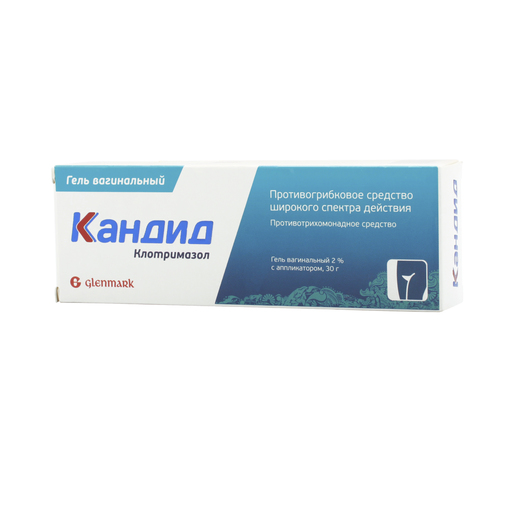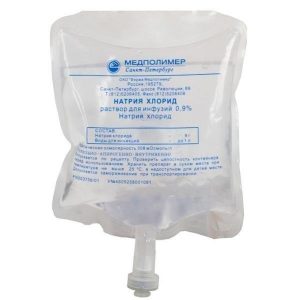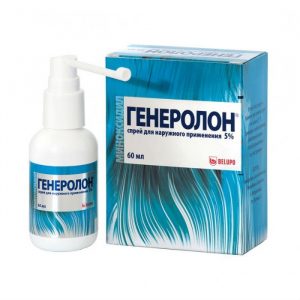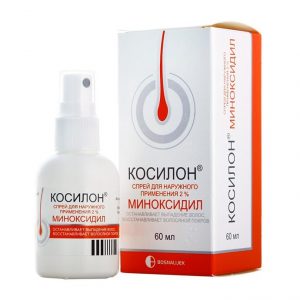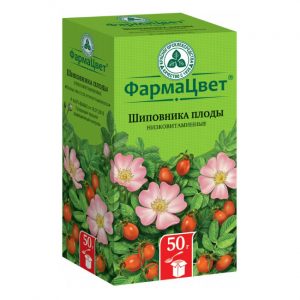Description
Latin name
CANDID
Pharmacological action
Candide is a broad-spectrum antifungal.
The antimycotic effect of the active substance, clotrimazole (an imidazole derivative), is associated with impaired synthesis of ergosterol, which is part of the cell membrane of fungi, which changes the membrane permeability and causes subsequent cell lysis. In small concentrations it acts fungistatically, in large – fungicidal, and not only on proliferating cells.
In fungicidal concentrations, it interacts with mitochondrial and peroxidase enzymes, resulting in an increase in the concentration of hydrogen peroxide to a toxic level, which also contributes to the destruction of fungal cells.
Effective against dermatophytes, yeast and mold fungi, as well as the causative agent of colorful lichen (Pityriasis versicolor) and the causative agent of erythrasma. It has an antimicrobial effect against gram-positive (staphylococci, streptococci) and gram-negative bacteria (Bacteroides, Gardnerella vaginalis), as well as against Trichomonas vaginalis.
Indications
– dermatophytosis of the head (including the face), body, legs
– mycosis of nails
– multicolored lichen
– candidiasis of the skin
– candida paronychia
– candida vulvitis
– and candida vulvitis
– areas of the anus
– fungal diaper dermatitis
– erythrasma.
Contraindications
– specific skin lesions (including tuberculosis, chickenpox, herpes simplex, measles, syphilis)
– skin reactions at the site of vaccination
– increased sensitivity to the components of the drug.
Pregnancy and lactation
It has not been established in clinical and experimental studies that the use of the drug in the II and III trimester of pregnancy or during lactation (breastfeeding) has a negative effect on the health of a woman or fetus (child).
However, the question of the advisability of prescribing the drug should be decided individually after consulting a doctor.
If you need to use the drug during pregnancy, the gel should be administered without the use of an applicator.
Composition
1 g of gel contains:
Active ingredient:
clotrimazole 20 mg
Excipients:
cetyl alcohol
propylene glycol
glycerol
benzyl alcohol
cetomacrogol emulsion wax
carbopol 940 (carbomer 940)
sodium hydroxide
chlorocresol
purified water.
Dosage and administration
Candide is intended for intravaginal use only.
A full applicator with gel (about 5 g of the drug) is injected into the vagina, lying on its back and slightly bent legs, daily in the evening for 6 days.
A second course of therapy is possible only as directed by a doctor.
Side effects
Itching, burning and swelling of the vaginal mucosa, vaginal discharge, headache, gastralgia, frequent urination, intercurrent cystitis, burning sensation in the penis of the sexual partner, pain during intercourse.
Drug Interaction
With vaginal administration, clotrimazole reduces the activity of amphotericin B and other polyene antibiotics.
Clotrimazole activity may decrease when co-administered with natamycin and nystatin.
overdose
Using the drug at high doses does not cause any life-threatening reactions and conditions.
Symptoms (in case of unintended use of the drug inside): anorexia, nausea, vomiting, gastralgia, liver dysfunction rarely – drowsiness, hallucinations, pollakuria, skin allergic reactions.
Treatment: the appointment of activated carbon, if necessary – no symptomatic therapy for a specific antidote.
The Expiration of
is 3 years.
Deystvuyuschee substances
Clotrimazolum
Conditions of supply of pharmacies without a prescription
dlplrf26
gel for external use
